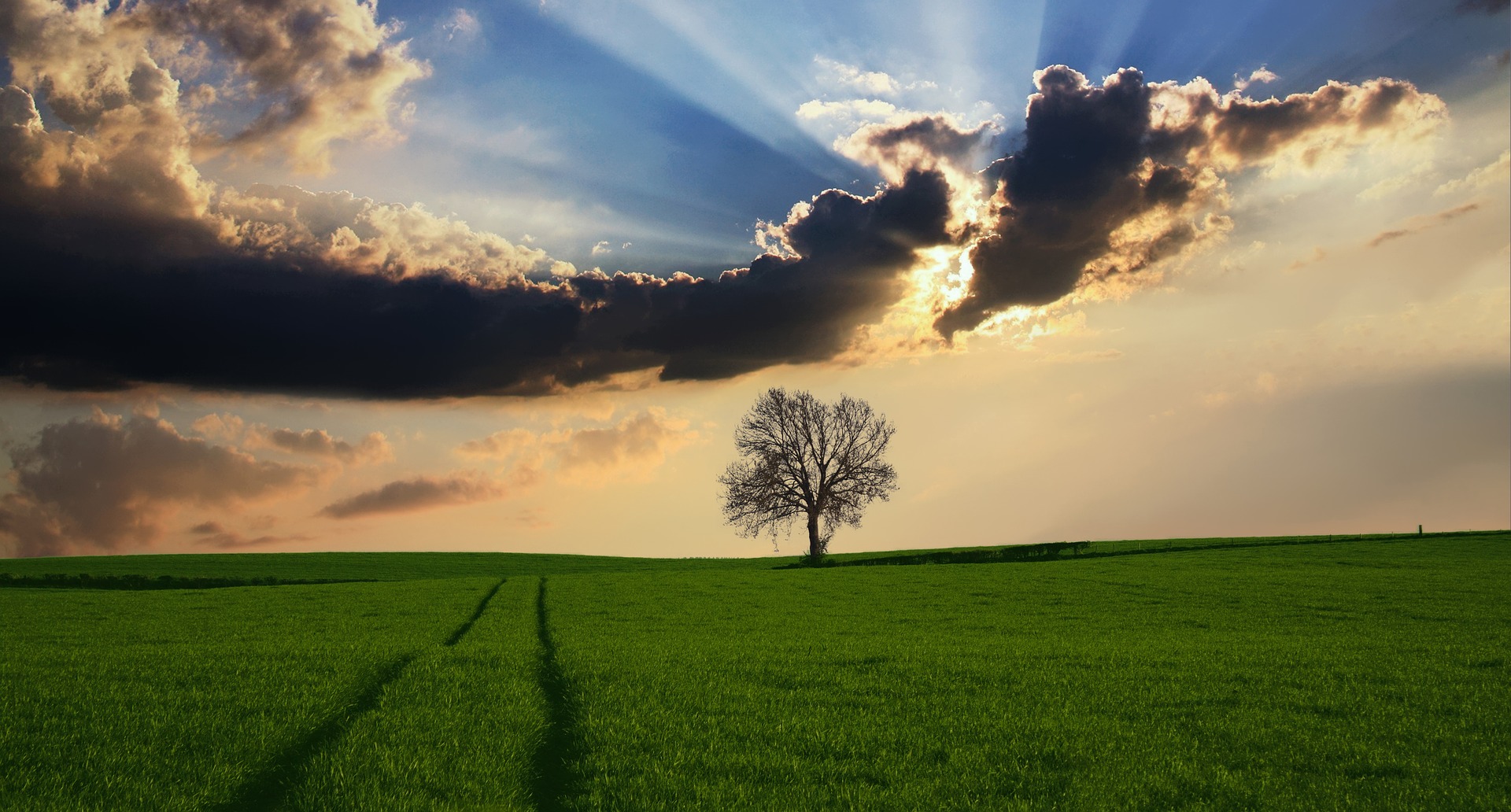The Grain That Tastes Like Wheat, but Grows Like a Prairie Grass
Author: Madeline Ostrander | Published: October 11, 2017
On an August morning in Minneapolis, I sat at a wooden table inside the Birchwood Cafe, a bright, cheerful restaurant a few blocks from the Mississippi River waterfront, tasting an éclair as attentively as I could. The flavor I wanted to detect was partly obscured by more conspicuous ingredients: a high-pitched, jammy blueberry glaze painted across the top of the pastry, and the sweet song of a yellow corn custard. But beneath that, there was a subtle and earthy background note: the grain. The pastry was made in part from wheat flour, but you could detect another ingredient as well—something that tasted like nuts and crackers, coffee and grass. That flavor came from Kernza, a grain almost entirely unknown to the human diet until a few years ago, when the Birchwood became one of the first places in the country to serve it, and the first to list it on the menu.
Tracy Singleton, the café’s owner, likes getting people, including herself, to try new and improbable things. More than two decades ago, when she was in her early 30s, she inherited about $10,000 from her grandfather, quit her waitress job, took out a loan, and launched the Birchwood. Her café grew into one of the city’s best-known institutions, a place for Midwest-grown ingredients both gourmet and unpretentious. “We’ve been telling farm-to-table stories before people were using the term ‘farm to table,’” she told me.
So she was undaunted when Helene Murray, an agronomist at the University of Minnesota, asked, in early 2013, if she wanted to try serving up Kernza, even though no one in the kitchen knew exactly what to do with it. “It was like, ‘Wow, this a pretty big honor,’” Singleton recalled. “Yeah, we’ll put it in some food and we’ll talk about it.” About two weeks later, Murray parked her car next to the Birchwood, and she and Singleton hoisted a 50-pound bag of the new grain out of the trunk and through the café’s front door.
Kernza is sometimes called a “perennial wheat.” Birchwood has touted it as “the wheat of the future.” But it’s a separate species. Chestnut-colored, skinnier, and more irregular in size than wheat berries, Kernza yields a little under a third as much in the field as conventional wheat. But it has one major advantage over the grain that helped launch human civilization: a long life span. Wheat is an annual; it dies every year after it sets seeds, and farmers have to replant it again and again. Kernza lives on, season after season.

